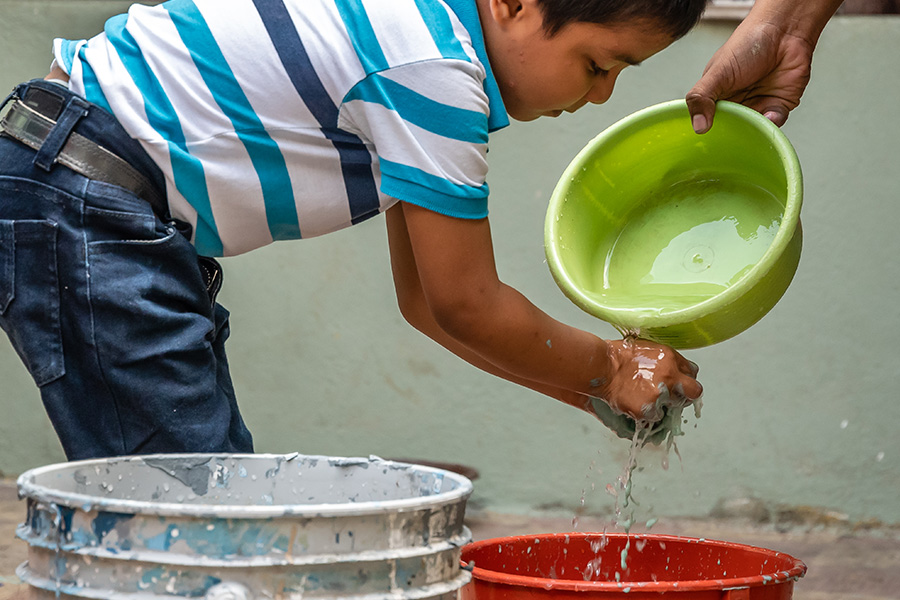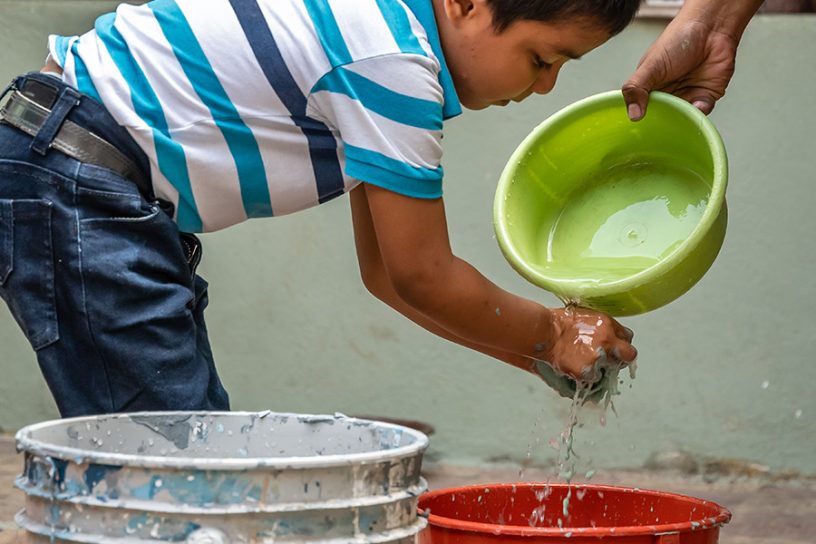
Rural-urban inequality in Water-Sanitation-Hygiene (WaSH) facilities appeared most alarming across the central Indian states of Chhattisgarh, Bihar, Jharkhand, Odisha, Madhya Pradesh and Rajasthan, showed the study.
Authors
Sriroop Chaudhuri, Co-Director, Center for Environment, Sustainability and Human Development (CESH), Jindal School of Liberal Arts and Humanities, O.P. Jindal Global University, Sonipat, Haryana, India.
Mimi Roy, Professor, Jindal School of Liberal Arts and Humanities, O.P. Jindal Global University, Sonipat, Haryana, India.
Summary
A major obstacle for the developing nations to meeting the United Nation’s Sustainable Development Goals (SDG: 2015–2030) for WaSH (Water-Sanitation-Hygiene) is the appalling rural-urban inequality in infrastructural facilities that lead to regional/spatial differences in livelihood. In India, where about 70% of the population dwells in villages, rural-urban inequality can pose steep challenges to the authorities in their motto of ensuring improved water and sanitation for all.
Cognizant of the need, the present study aimed to map nationwide rural-urban spatial inequalities for various WaSH infrastructural facilities along a four-tier administrative hierarchy: household-district-state-national.
Cross-sectional data for district-wise percentages of rural and urban households having access to (i) latrine facility within premises, (ii) treated tap water, (iii) improved water source, and (iv) at-home water source were obtained from the Census of India database for 2011. A variety of metrices (Bray-Curtis Dissimilarity Index (BCDI), Gini coefficient, Moran’I, LISA) were used to characterize underlying spatial patterns. Rural-urban spatial inequality in ‘treated tap water’ appeared as the most spatially variable WaSH parameter across the nation.
Results indicated that governmental claims of having met the Millennium Development Goal (MDG) for ‘improved’ water source require a thorough reappraisal, especially for rural India, as majority of these so called improved sources thrive on groundwater (hand pump+tube well), which is heavily contaminated by co-occurrences of multiple pollutants (fluoride, arsenic, nitrate, salinity), which have grave human health effects, and thus questioning the fundamental premise of ‘safe water’.
About 54% of the rural households in India rely on groundwater sources as compared to <20% urban households. In addition, about 67% of rural, against about 12% urban, households still ‘indulge’ in open defecation practices, which calls for stringent management actions coupled with strategic awareness campaigns.
Rural-urban inequality in WaSH facilities appeared most alarming across the central Indian states of Chhattisgarh, Bihar, Jharkhand, Odisha, Madhya Pradesh and Rajasthan. Overall, spatial heterogeneity in the rural-urban inequality appeared a daunting challenge for the authorities, urging for spatially-optimized policy reforms instead of enacting nationwide uniform policy measures.
Published in: Applied Geography
To read the full article, please click here.


